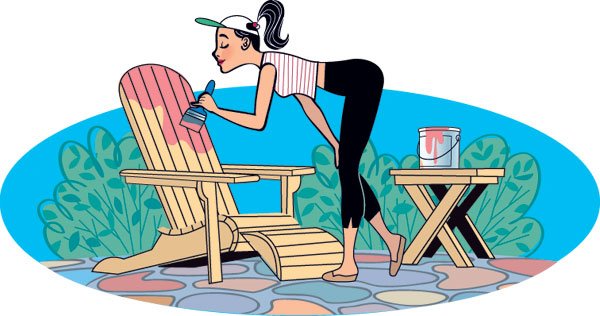Whether you have a brand new pair of very indigo jeans, a shiny
flower pot that doesn’t quite fit in with your moss-grown English
garden motif or an unfinished pine dresser that’s clashing with the
heirloom Federal nightstand your grandma gave you, everything new
can be made to look old
– without waiting for the years and multiple washings to finally
render that distressingly brand-new look to a pleasantly
distressed, aged beauty.
Whether you have a brand new pair of very indigo jeans, a shiny flower pot that doesn’t quite fit in with your moss-grown English garden motif or an unfinished pine dresser that’s clashing with the heirloom Federal nightstand your grandma gave you, everything new can be made to look old – without waiting for the years and multiple washings to finally render that distressingly brand-new look to a pleasantly distressed, aged beauty.
Unless we’ve lifted our home decorations straight out of the IKEA catalog, or can afford the luxury of antiquing every weekend, most of us live among a mix of old, older and brand new elements. Sadly, the new stuff too easily violates the lived-in atmosphere that makes any home comfortable and aesthetically pleasing.
And nobody wants to wait around five or 10 years for their “new” furniture, clothes, paintjobs, garden pots, etc. to become attractively “old.” Of course, we can always just burn a few cigarette holes in the upholstery, but most of us are looking for something a bit classier.
The good news is that with just a little effort and a few dollars, we can easily short change Father Time. Here are a few pointers on how to get that worn-in, antique look, without shelling out the big bucks, and without too much effort. Just make sure you have the right tools on hand … and even a little yogurt.














